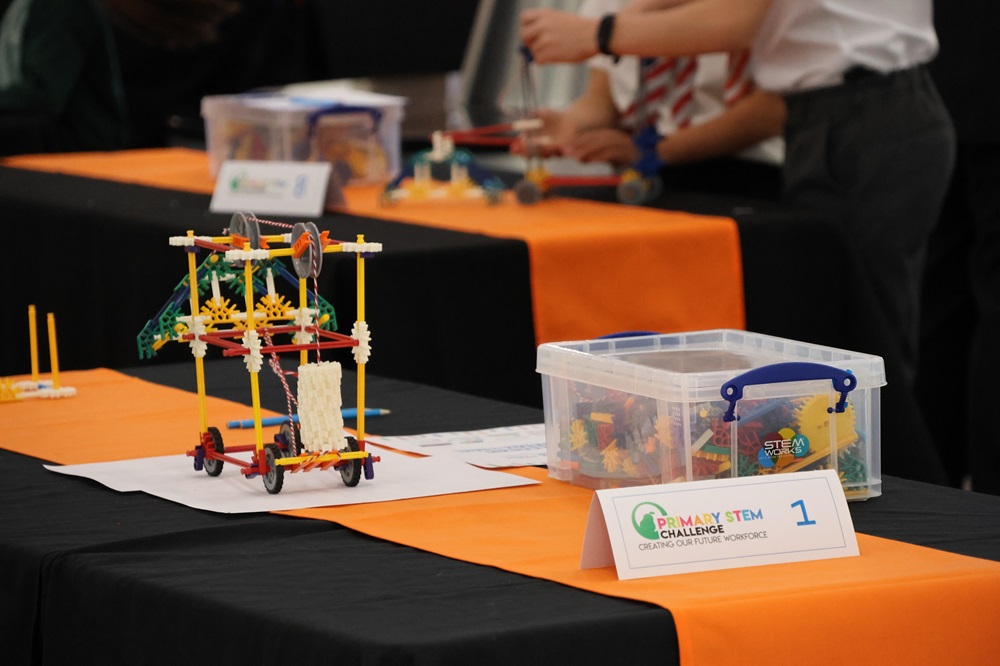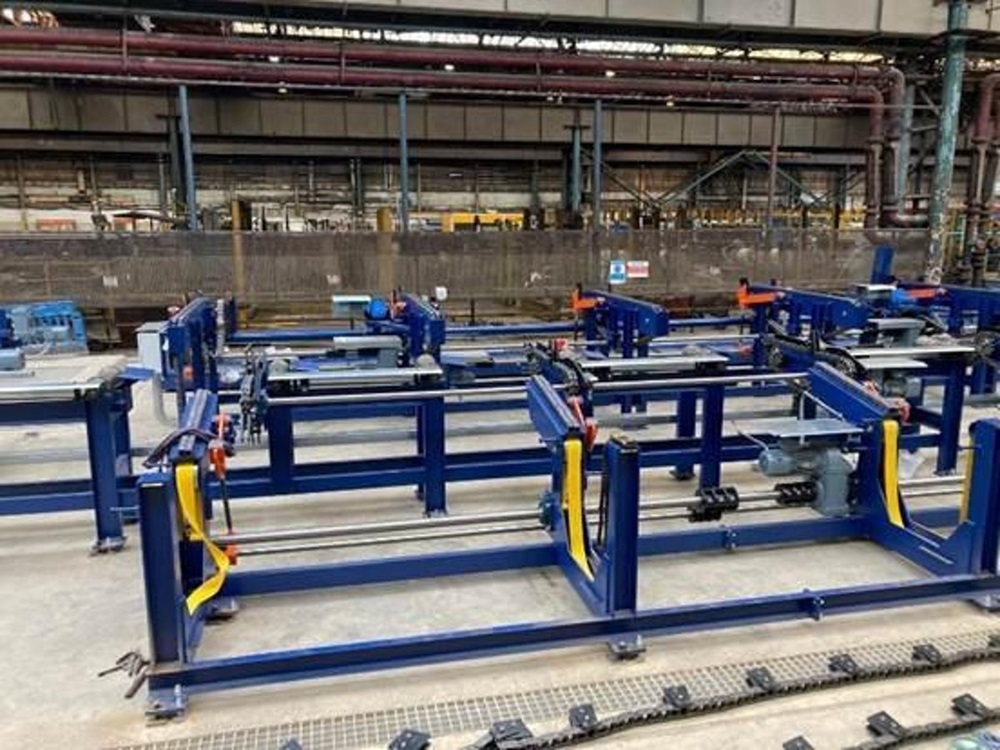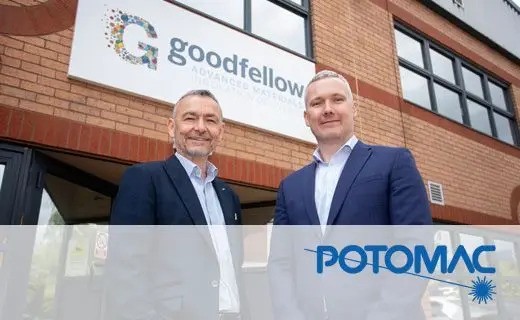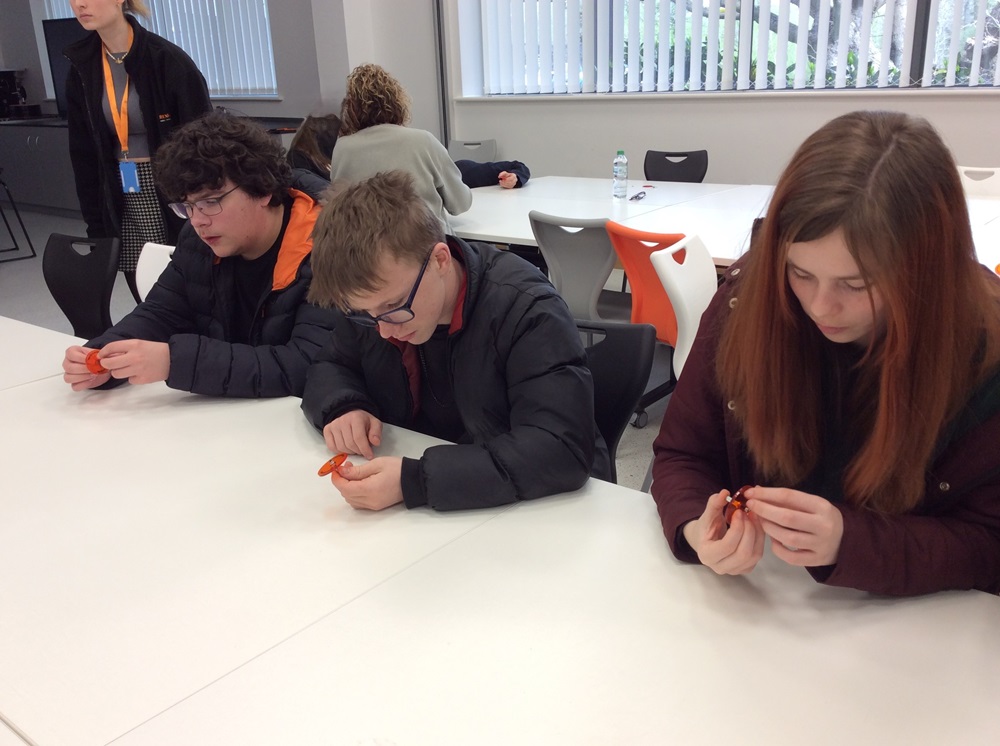Yamazaki Mazak hosted more than 80 Worcestershire primary school students from 46 schools last month as they put their design skills and ideas to the test in the Primary STEM Challenge final. The STEM Challenge is an initiative designed to engage primary school students in hands-on activities and projects that promote interest and skills in science, technology, engineering and mathematics. Organised by STEMworks UK, this year’s brief was developed in partnership with Worcestershire Highways and focused on improving crossings at busy roads for pedestrians and cyclists.
More information www.mazakeu.co.uk



















